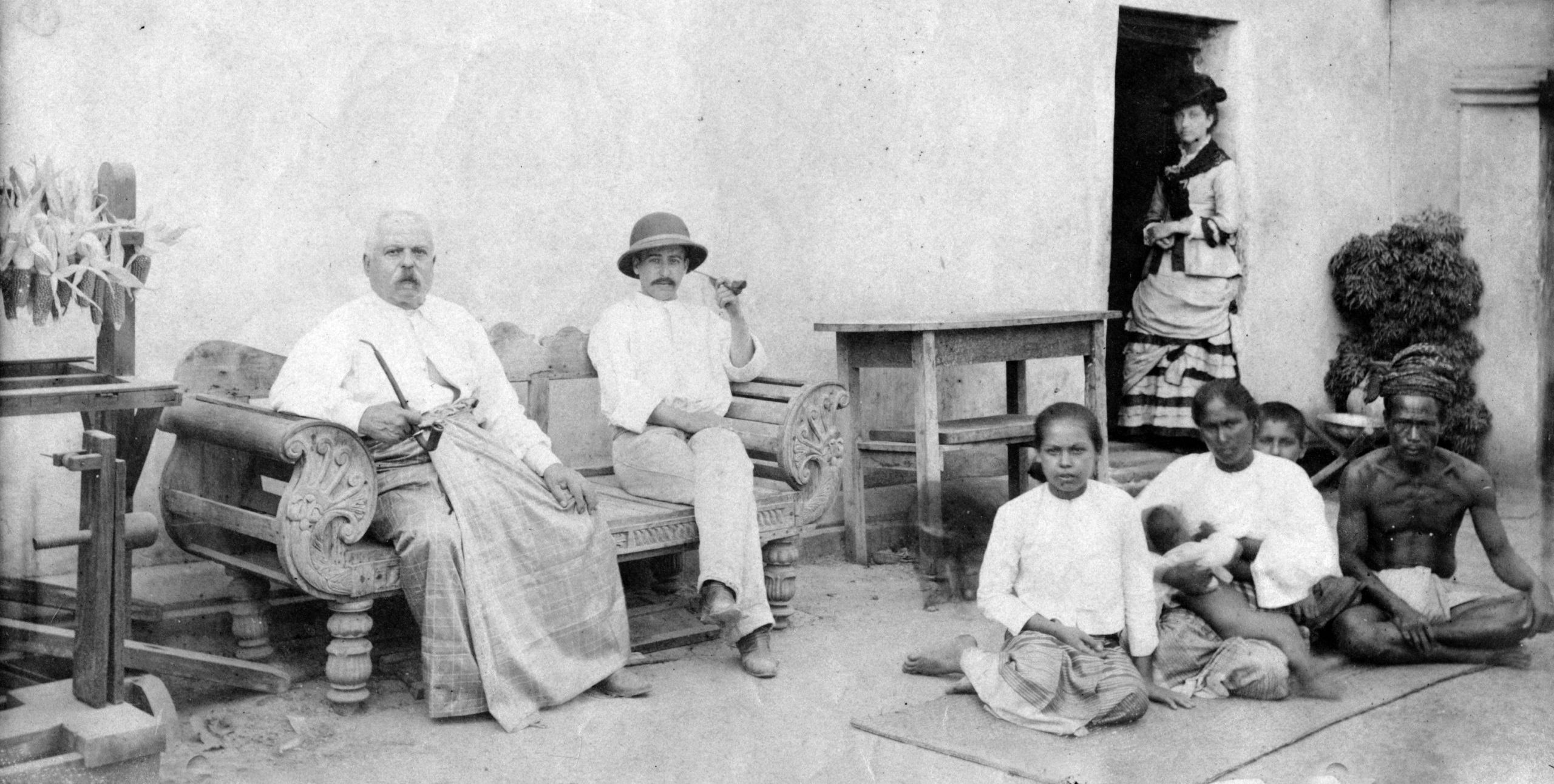From the deposits of the Peoples and Cultures Museum emerges the story of some precious objects donated by the family of Doctor Barbieri who was the doctor of the last Burmese ruler
There are thin but resistant threads that tenaciously cross the centuries and historical events to bind countries and places even very distant from each other. Time and dust often hide clues and connections, until a particular event or inventory and research work brings interesting stories to light. This is what happened with the activity that we are conducting as the PIME Cultural Heritage Office in the deposits of the Peoples and Cultures Museum: we followed and reconstructed the thread of a path that unites the last king of Burma with the PIME of today, telling a story of generosity and adventure that began a century and a half ago.
Between 1871 and 1872 a treaty of friendship, trade and navigation was ratified between the Kingdom of Italy and Burma, an event that led to the intensification of diplomatic relations between the two countries and the birth of a small but vital Italian community . In particular during the reign of the last king of Burma, the sovereign Thibaw, who ascended the throne in 1878 and was eager to bring renewal and modernity to his country, dozens of Italians arrived in the capital Mandalay: these were soldiers employed for the reform of army and the construction of electrical and telegraph infrastructure; small entrepreneurs setting up factories to produce munitions and silk fabrics; men of science and culture who started geographical and botanical explorations and brought new ideas to the medical field.
Luigi Barbieri de Introini, an esteemed Lombard doctor, moves in this context. Of his seven-year experience at the royal court there remains a 16-page account entitled “Brief notes on Burma: note”, published in the magazine of the Royal Lombard Institute of Sciences and Letters in 1891. In this writing Dr. Barbieri de Introini describes the diseases, the medical practices, the climate, the physiognomic characteristics, the customs and rites known in the Asian country; he also tells how he became the personal doctor of the king and his family only after being put to the test for an entire year, with visits to distant monasteries, along rough paths and in the rain, «having – as he himself explains – the Council of astrologers and ministers decided that it should first be tested how the master of foreign medicine practiced his art on organisms of lesser importance than that of a king.” An internship undoubtedly the result of precaution, but also of the jealousy and cunning of the court!
An interesting and partly adventurous story that is linked to PIME thanks to a short note found in the files of the Peoples and Cultures Museum: a few lines in which it is stated that some Burmese objects from the 19th century were donated by Miss Antonia Barbieri, after having inherited them by his grandfather, Doctor Luigi Barbieri de Introini, personal doctor of the last king of Burma. Thanks to an old album which bears the handwritten indication “Photographs of Mandalay” on the cover, we were also able to see the face of the Lombard doctor, his wife and other members of the Italian community in Mandalay, portrayed in front of a temple or gathered under a large tree in a lively picnic. Photos worn by time but enriched by very precious handwritten captions to identify people and context. Unfortunately, no other documentary traces remain, but it is possible to admire some objects from the donation in the museum’s exhibition rooms, such as a statue depicting a Buddha in a sitting position, two lacquered containers and a kammavaca. This is a precious Buddhist text with very particular characteristics: it consists of two decorated wooden covers that enclose golden palm leaves and cut into a rectangular shape, on which an expert scribe has traced, first in red cinnabar and then in black resin, the text in Sanskrit and Pali style, the spelling used in sacred contexts. After their use in monastic ceremonies, the kammavaca were wrapped in cloth, tied with a strap and placed in special boxes to protect and preserve them. Among the objects from the Barbieri donation there are also a pair of these containers, tailor-made to contain a single and precise text, decorated with engraved lacquer and inlaid with semiprecious stones and brilliant mirrors.
In addition to these precious finds, the inventory work has allowed us to examine the entire nucleus of materials from Burma, now Myanmar, preserved by the Peoples and Cultures Museum: it also includes a large number of more recent and ethnographic objects , such as fabrics, ornaments, articles of daily and ritual use belonging to different ethnic communities, in particular Shan and Karen, where the PIME fathers work. Very different from those of the Barbieri donation but equally precious, they tell stories of life, religious practices and traditions that have been able to find a meeting beyond differences and in the daily practice of mutual care.
The exhibition
Objects belonging to the ethnic communities of Myanmar are also on display, preserved at the PIME Peoples and Cultures Museum, in the context of the “Myanmar. The country of the broken smile”, ongoing at the Visconti Castle in Abbiategrasso until 11 February. At the center of the initiative are the photographs of Claudio Tirelli. Free entry (from Tuesday to Friday from 3.30pm to 7pm, on Saturdays and holidays from 10am to 12pm and from 3pm to 7pm).
